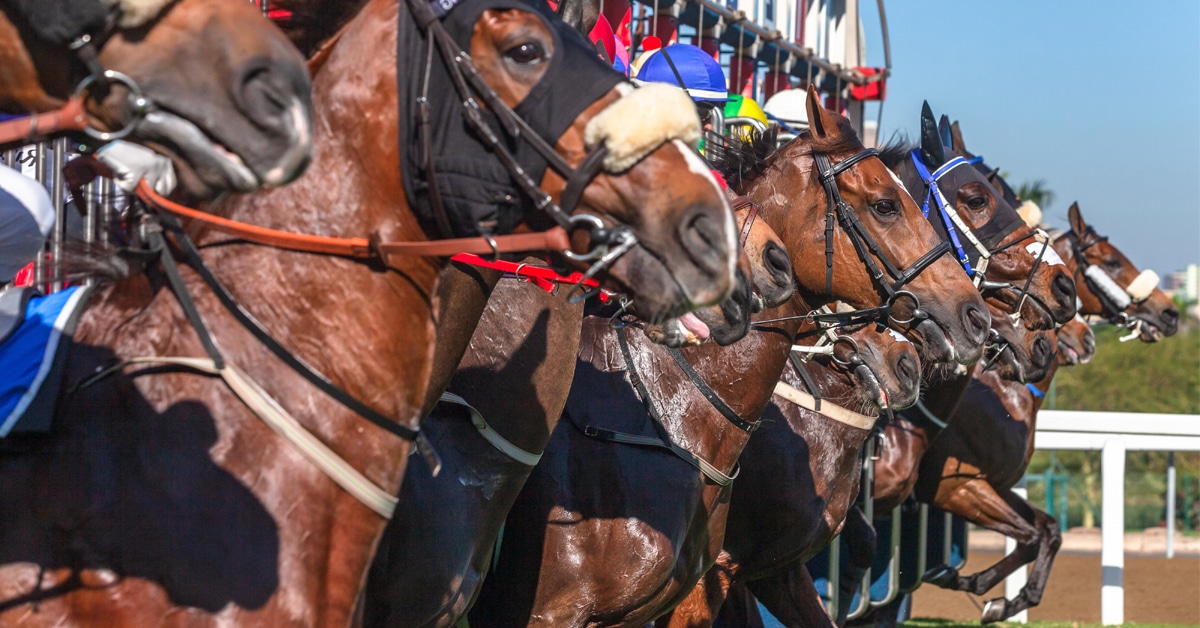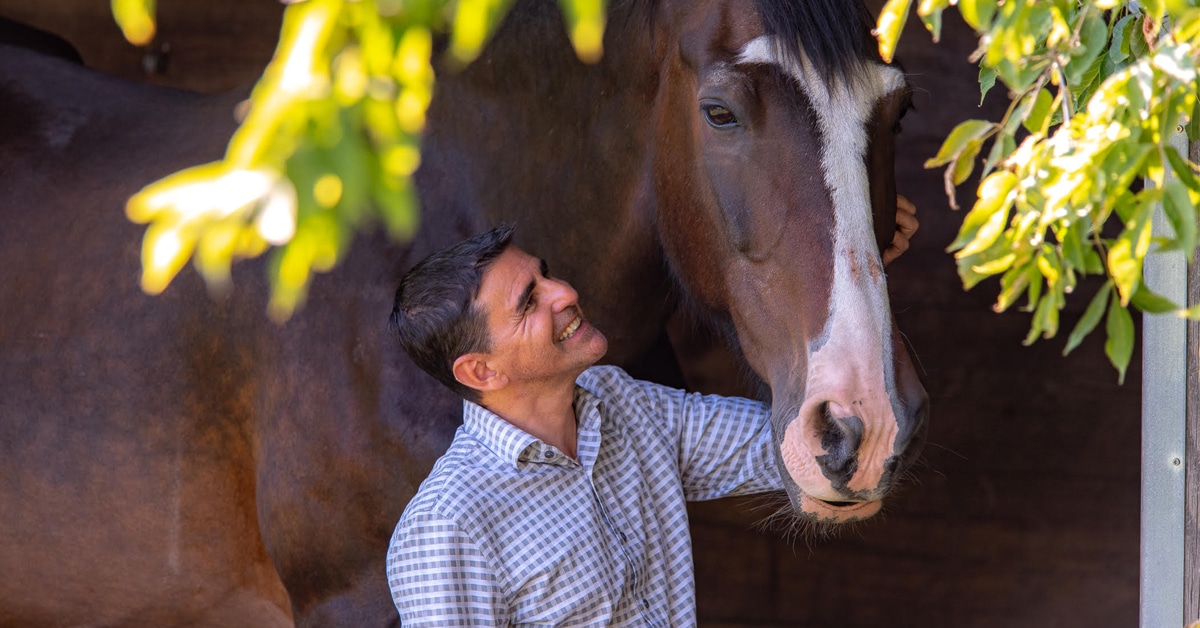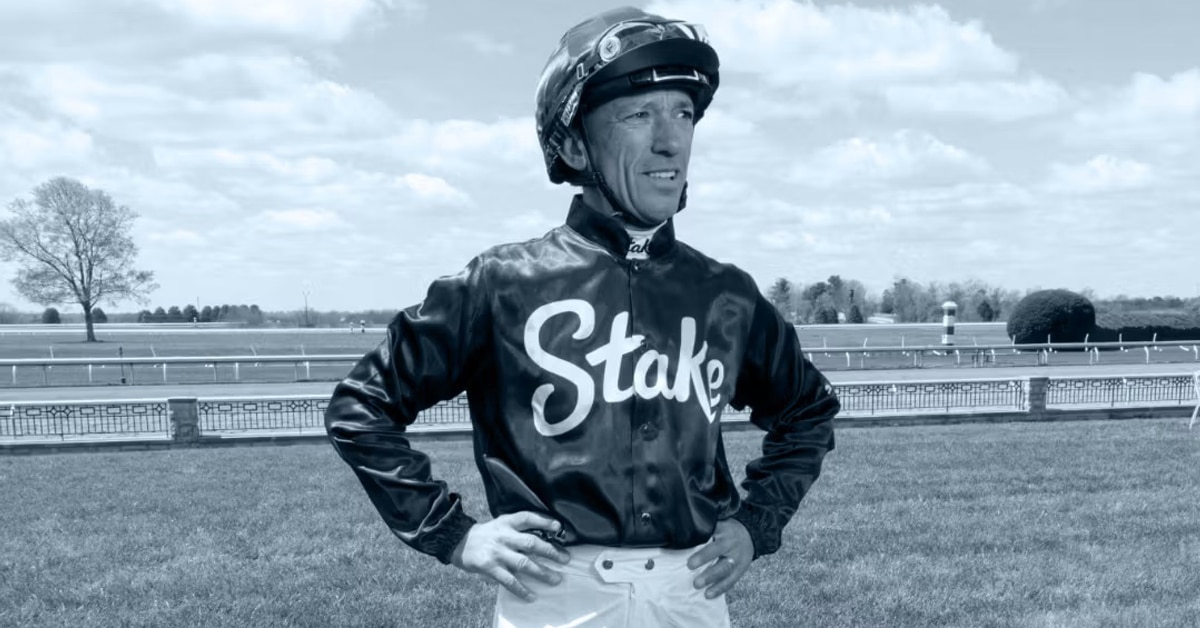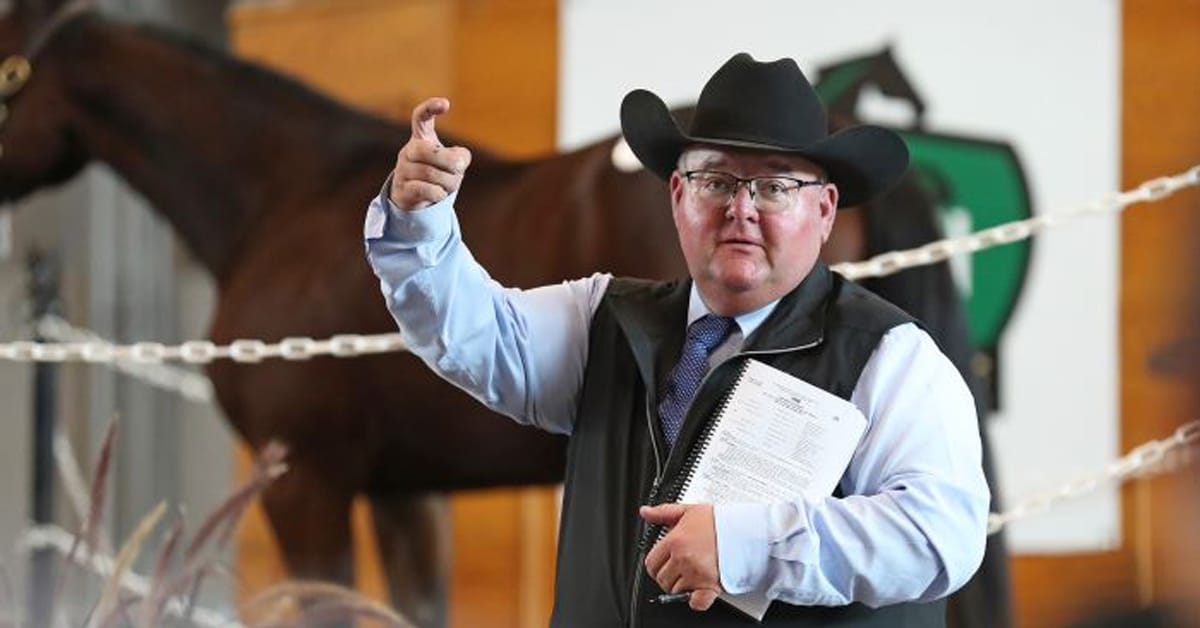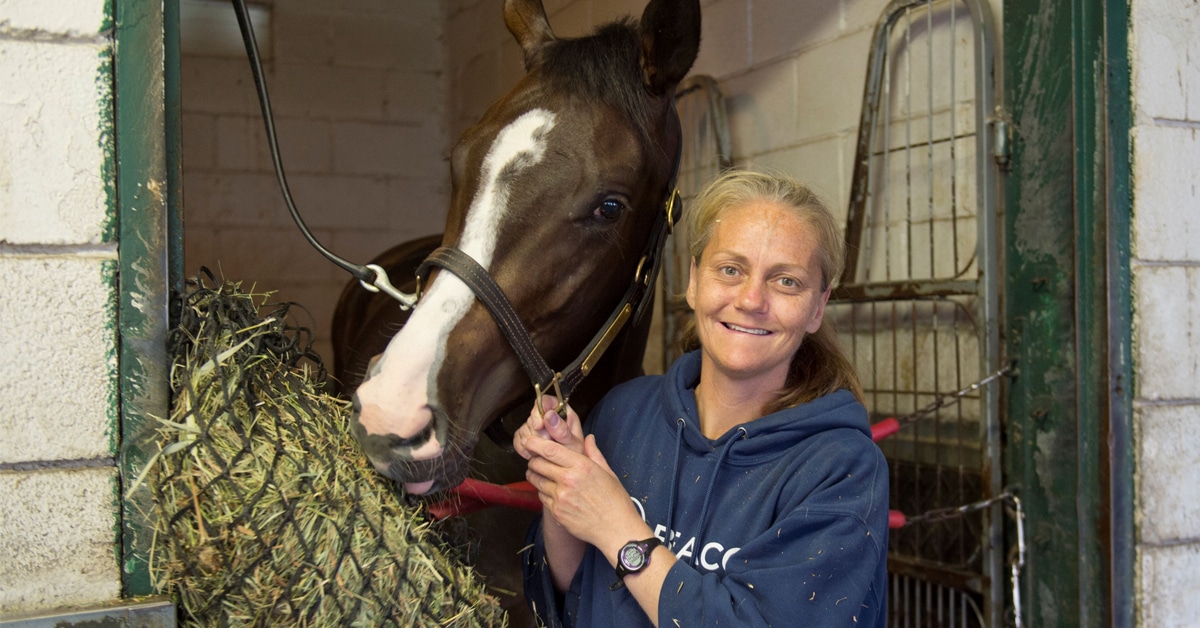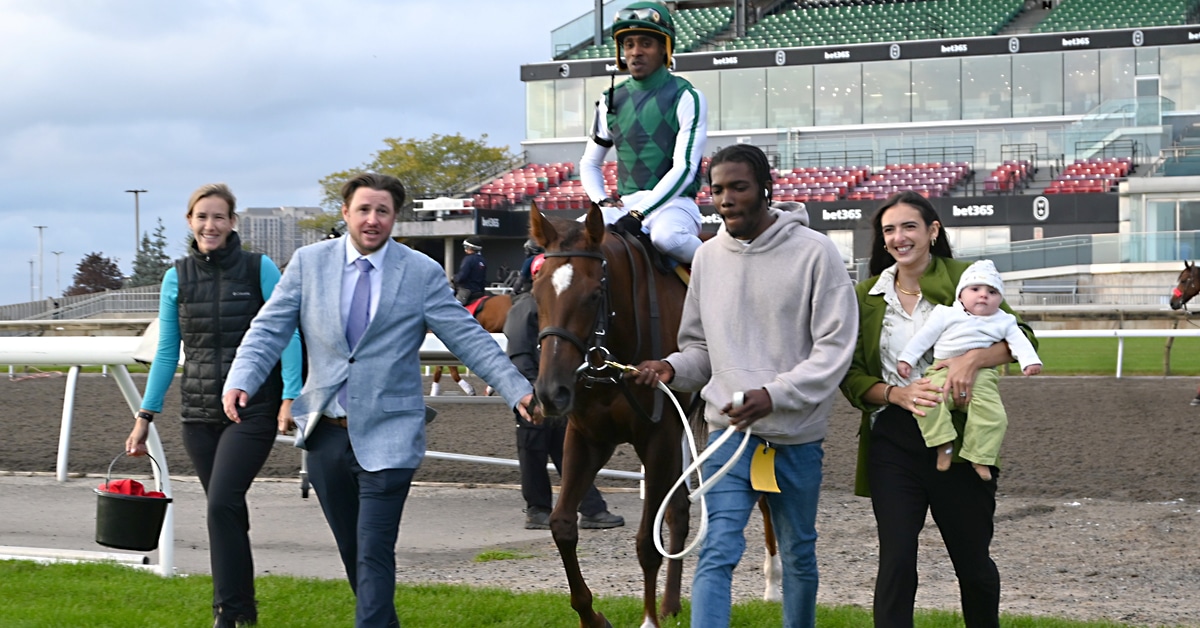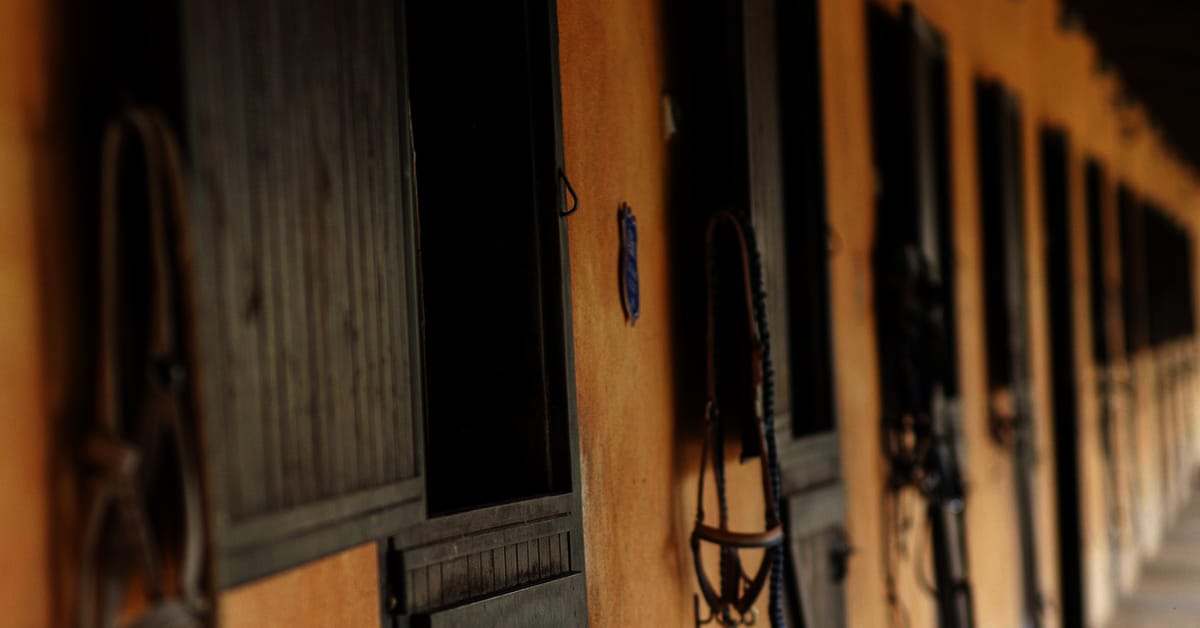It’s breeding season and thoroughbred farms across the northern hemisphere are bubbling with optimism that amongst the new arrivals of foals there’s a sale topper or the Kentucky Derby winner.
But to get into that exclusive club in the racing world, it takes a horse that is the perfect storm of pedigree, conformation, talent and desire, an alchemy that is inexplicable. In breeders’ and buyers’ constant quest for flawlessness, some foals require a tweak, here and there, or as Cara Bloodstock’s Bernard McCormack puts it, “basically, there’s things that nature will fix, but there’s things that nature needs help with.” Sometimes that help comes from changes in a farm’s nutrition and exercise program, but sometimes that help comes from surgeries: periosteal elevation (stripping) and transphyseal bridging (screws and wires) to enhance the athleticism, soundness and longevity of racing prospects.
As debate swirls around the industry about these procedures, the frequency in which they need to be performed and their overall impact on the industry, few can discredit their efficacy to help horses reach their maximum potential in the sales ring and on the racetrack.
What and why?
Periosteal elevation involves making two inverted T incisions in the protective covering of the bone at the place where the angular deviation is most severe. The tissue is peeled away at the edges in two flaps that are then left to heal. It is believed that the stripping releases tension on the slower growing side of the joint, enabling the shorter side to speed up its development to match the faster-progressing side. One of the benefits of stripping is that it is impossible for the joint to over-correct.
Transphyseal bridging involves inserting temporary staples or screws and wires, or more recently, a single screw into the bone to create a compression across the physis (the segment of bone responsible for lengthening) to stunt its growth, giving the less developed side a chance to grow and match up with the other side. Once the bone has caught up, the implant must be removed, otherwise the joint will over correct.
The operations are routine, but there exists the inherent risk of any surgical procedure. While transphyseal bridging does produce better cosmetic results, blemishes may still result.
Stripping and bridging surgeries were developed over 20 years ago to correct horses plagued with severe knocked knees and bowed legs, and soon became popular with select operations which would treat a majority of their offspring. The surgeries are still regularly done, but many breeders are going back to the basics, preferring to take a more holistic approach to assessing foals.
“Over a decade ago, some of the bigger farms were really aggressive and would have 75 to 80 percent of their foals operated on.” ~ Dr. Bob Hunt
“Over a decade ago, some of the bigger farms were really aggressive and would have 75 to 80 percent of their foals operated on,” explains Dr. Bob Hunt, a surgeon with Hagyard Medical Institute in Lexington, Kentucky, adding that by evaluating farms’ nutrition and exercise programs, “we were able to reverse that trend to facilitate a more accurate case selection.”
Corrective surgeries have been branded as more prevalent for horses destined for the sales, where the pressure to deliver picture-perfect stock is high, and buyer scrutiny is higher. However, Hunt says that of the 500 to 600 conformation surgeries he performs a year, the number of procedures performed on sales-targeted babies compared to those being raised to race is roughly the same.
“The real benefit is athleticism,” he said. “They’re not just to cover something up because you can’t hide the “bad” in horses. It’s truly to improve functionality: the objective is to achieve an animal that moves well.”
Hunt adds that the surgeries also address the evolution of the modern-day thoroughbred.
“In general, horses are much larger than they used to be, and a lot of people breed for that. In the sales industry that’s something they breed for. And the propensity for early development goes hand-in-hand with angular limb deformities,” he said.
Nature’s role
Both Hunt and McCormack stress that the decision to have stripping or bridging done on a young horse should not be hasty one, and more often than not, foals legs will straighten out with a well-monitored exercise and nutrition program and regular blacksmithing. In some cases, corrective shoeing can increase the effects of hoof trimming. Glue-on shoes are applied with extensions to encourage straight bone growth. It is a cost-effective and non-invasive option. Also, horses can have corrective shoeing done after the growth plates have closed, however, the shoes should only stay on for two weeks.
Hunt explains that angular deviation is a “normal abnormality” in a horse’s growth and development. “It would be a rare exception to have a horse that did not go through some deviation at some point in their life,” he said.
However, he says that if a farm continues to produce foals with acute angular limb deformities, “it’s time to review the whole management scheme.”
If foals are not responding to more organic methods of treating limb deformities, then surgery may be an option. Surgeries can be performed on young horses from six weeks old to yearlings depending on the area of concern. The age variance is because different growth plates of different bones have varying periods of maximal growth, so it is important to have regular consultations with an equine surgeon to ensure the procedure performed within the appropriate window of opportunity. The cost runs between $500 for a foal and up to $1,000 for a yearling and requires regular follow-up checks from the vet, and two to three weeks of stall rest.
“They’re like moving targets, they’re constantly changing. It’s about watching them grow with a trained, critical eye,” said McCormack, who, in his 15 years as proprietor of Cara Bloodstock, says he’s only had two of his offspring operated on.
There is perhaps no better example of a horse that benefited from corrective surgery than Real Quiet, who, as a yearling had both knees operated on with screws and wires, and went on to win the 1998 Kentucky Derby and Preakness before losing the Belmont by a nose.
So for even the discerning and deep-pocketed buyers, knowing a horse has undergone bridging or stripping surgery is not a deal-breaker.
“I’d rather they didn’t,” said Mark Casse, who selects horses for a number of his clients including Woodbine’s leading owner John Oxley. “Does it completely stop me? No. If you were looking at buying a filly with the idea of turning her into a broodmare, I would steer clear, because you’re worried she’d pass that on,’ he adds. ‘You’re changing the looks, but you’re not changing the genes.”
There may be consensus that angular limb augmentations make individuals better prepared to stand the rigours of training and racing, but whether or not these surgeries are re-introducing crooked horses back into the thoroughbred gene pool long term has the industry divided.
In a November 15, 2011, column on his website, Paulick Report, Ray Paulick wrote:
“In the case of angular limb deformities, there seems to be no question that these are genetic traits that can be passed on from generation to generation, and corrective surgery is masking a defect. If we are going to have a serious discussion about whether or not Lasix is weakening the breed, we also need to begin a dialogue about the long-term effect of these corrective surgeries and whether or not the industry has been transparent enough in disclosing them.”
But as California-based bloodstock agent Bob Feld explains, if a stallion is consistently throwing crooked offspring with mediocre results on the racetrack, their stud days are numbered.
On the flipside: “if they’re a good stallion, their horses run through it,” Feld said. “Storm Cat threw off-set knees – that’s been widely documented.
Breeding is anyone’s guess. You don’t know what you’re going to get until they’re born. Crooked mares can throw perfectly correct foals. It’s all a crapshoot,” he adds.
So maybe it’s best to let the horses speak for themselves, Feld says: “At the end of the day, everything in this business comes down to results – the real story comes down to race record.”
The Latest
